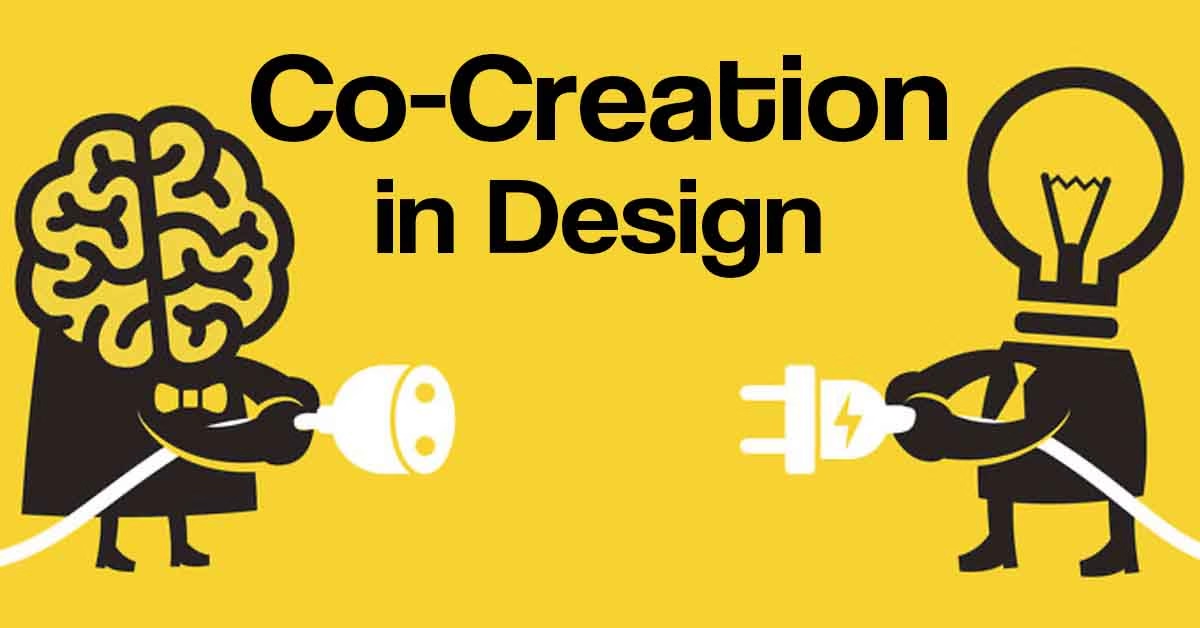Introduction
For decades, creativity was considered an exclusively human trait—a spark of ingenuity that machines could never replicate. But in 2024, AI is challenging this notion, emerging not as a replacement for designers, but as a creative partner. From generating bold concepts to refining intricate details, AI tools are enabling a new era of co-creation. This blog explores how designers are collaborating with AI to push boundaries, streamline workflows, and unlock unprecedented creative potential.
What is Co-Creation in Design?
Co-creation refers to a collaborative process where humans and AI work in tandem to ideate, iterate, and execute designs. Unlike automation, which handles repetitive tasks, co-creation leverages AI’s ability to:
- Generate ideas at scale.
- Analyze data (trends, user preferences, brand guidelines).
- Refine outputs based on human feedback.
This synergy allows designers to focus on strategy, emotion, and innovation while AI handles labor-intensive tasks.
How AI Enhances the Creative Process
1. Idea Generation at Lightning Speed
Tools: Midjourney, DALL-E 3, Adobe Firefly
- Example: A designer prompts Midjourney with “sustainable fashion brand: recycled materials, earthy tones.” The AI generates 50+ concepts in minutes, providing a springboard for refinement.
- Impact: Reduces brainstorming time by 70%, allowing designers to explore bolder ideas.
2. Data-Driven Decision Making
Tools: Khroma, Looka, ChatGPT
- Example: Khroma analyzes trending color palettes in the tech industry, suggesting combinations that align with a startup’s target audience.
- Impact: Ensures designs resonate with market preferences while maintaining originality.
3. Iterative Refinement
Tools: Runway ML, Figma AI Plugins
- Example: A UX designer uses Figma’s AI to auto-generate wireframes, then iterates based on user behavior predictions.
- Impact: Accelerates prototyping and testing cycles.
4. Cross-Disciplinary Inspiration
Tools: Jasper.ai, Canva Magic Media
- Example: Jasper.ai crafts brand narratives that inspire visual motifs, bridging copywriting and graphic design.
- Impact: Creates cohesive, multi-sensory brand experiences.
Real-World Examples of AI-Human Co-Creation
Case 1: Logo Design for a Eco-Friendly Startup
- Human Role: Define brand values (sustainability, innovation).
- AI Role: Midjourney generates 30+ logo drafts; Adobe Firefly refines vectors and tests color accessibility.
- Outcome: A final logo delivered in 2 days vs. 2 weeks.
Case 2: Fashion Collection Inspired by Art History
- Human Role: Curate themes (Renaissance art meets streetwear).
- AI Role: DALL-E 3 creates textile patterns; ChatGPT researches historical context.
- Outcome: A collection praised for blending tradition with modernity.
The Challenges of Co-Creation
- Over-Reliance on AI: Risk of homogenized designs if human input is minimized.
- Ethical Concerns: Who owns AI-generated art? Platforms like Adobe Firefly address this with ethical training data.
- Skill Gaps: Designers must learn to “speak AI” (e.g., crafting effective prompts).
How to Start Co-Creating with AI
- Choose Your Tools:
- Concept Art: Midjourney
- Branding: Looka + Canva
- UX/UI: Figma AI + ChatGPT
- Define Roles: Use AI for ideation/data, humans for curation/emotion.
- Iterate: Treat AI as a brainstorming partner, not a final decision-maker.
The Future of Co-Creation
By 2025, AI is projected to handle 40% of design’s “heavy lifting”, such as:
- Auto-generating ADA-compliant layouts.
- Predicting viral visual trends.
- Personalizing designs in real-time for users.
Yet, the human touch—storytelling, cultural nuance, and emotional resonance—will remain irreplaceable.
Conclusion
AI isn’t here to steal creative jobs—it’s here to break barriers. By embracing co-creation, designers can amplify their vision, work faster, and tackle projects they once deemed impossible. The future of design isn’t human vs. machine; it’s human and machine.
